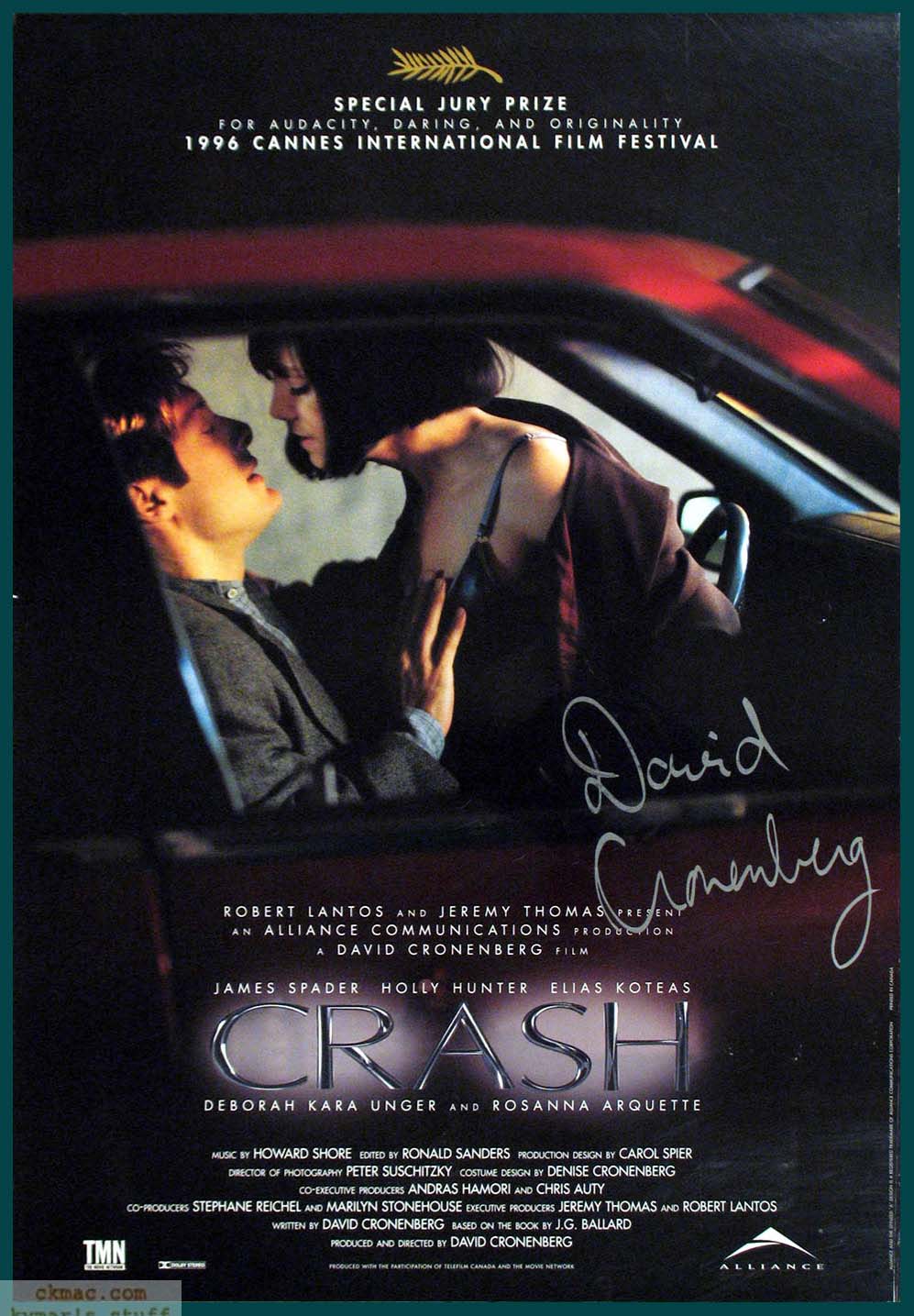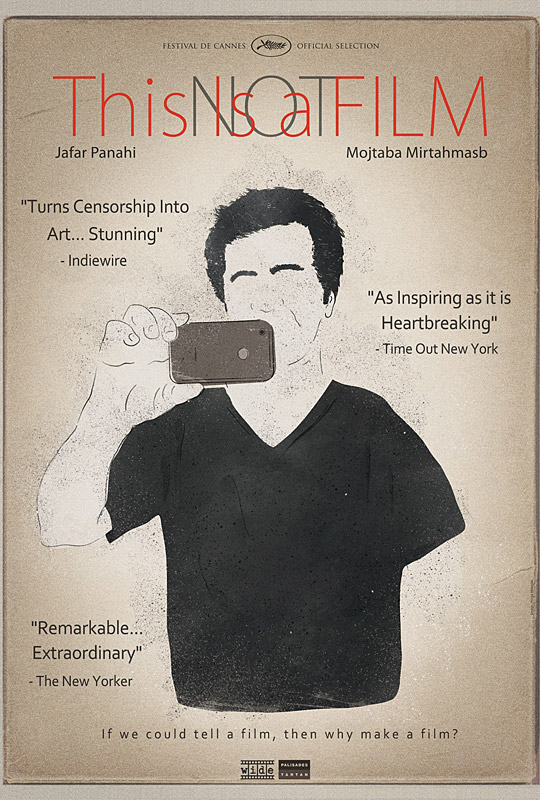by Stephen Handzo
Bright Lights Film Journal
...

Mann's 1950 threesome was the most auspicious quantum jump by an American director since John Ford's equivalent Americana triumvirate of 1939 (Stage Coach, Young Mr. Lincoln, Drums Along the Mohawk) lifted him into the major phase of his career. Yet Mann's achievements seem destined to remain unappreciated and the director himself obscure.
Those who disdain lightweight entertainment and sugary optimism usually prefer the cynical derisiveness of a Kubrick to a vision as uncompromisingly bleak and austere as Mann at his best. If people do not actually like Bresson or Dreyer at least they respect them; Mann has the generic disreputability of Westerns going against him as well.
And yet the Western was the perfect form for Mann. As George Robinson has observed, the protagonists of T-Men and Border Incident incur a moral debt while watching helplessly as their partners are murdered. In Mann's Westerns, the dual roles are combined in a hero who is both martyr and avenger.
Given Mann's own pessimism and the developing ambiguity of the post-war Western, it was perhaps inevitable that Mann's first Western (and arguably his best film) should be a tragic epitaph for the West's ultimate loser, the Indian.
Pro-Indian sentiment had appeared previously on the screen. Long before the alleged discovery of Monument Valley by John Ford, its buttes and mesas were mute witnesses to the epic silent version of The Vanishing American (1926). In both this and 1934's Massacre, the setting was contemporary and the Indian was already humiliated, displaced and long since reduced to reservation chattel. Billy Jack, Flap, The Outsider (about Ira Hayes) are later examples of this type. The other major schools of pro-Indian Westerns, such as 1970's Soldier Blue or the made-for-television Massacre at Sand Creek (1956) are set in the period of the Indian Wars and engage liberal guilt by focusing on a single spectacular atrocity.
Mann's Devil's Doorway is possibly unique in that it calls the ideal of Manifest Destiny itself into question by portraying the colonization of the West from the point of view of the defeated before the doom of the Indian was sealed.
The film opens with Robert Taylor in a Civil War uniform riding into a Wyoming town in which everything — including him — is coated with dust. He is returning from the Civil War having distinguished himself by winning the Congressional Medal of Honor at Gettysburg. Like Richard Dix in The Vanishing American, he assumes that war service will result in improved treatment for the Indian. (Devil's Doorway closely follows a cycle of contemporary racially-conscious films — Crossfire, Gentlemen's Agreement, Home of the Brave, in which members of the armed forces were subjected to discrimination. These films and President Truman's 1947 desegregation of the military reflected the obvious irony in America's fighting Nazi Master Race ideology with a Jim Crow army.) Taylor has a drink in a bar where he is greeted as a hero by the sheriff (Edgar Buchanan). "In my army, we were particular who we let in" observes cigar-smoking lawyer Verne Cooley (Louis Calhern) whose presence in the scene Mann skillfully withholds. (Calhern in this period had become MGM's all-purpose character actor — a combined replacement for Lionel Barrymore, Edward Arnold and Lewis Stone — portraying all the Establishment figures not played by Walter Pidgeon.) "Ever notice how you can always smell 'em?" asks Calhern, unheard by Taylor who walks out of the bar with Buchanan. "The Union Pacific's going to make a lot of changes," is Buchanan's prophetic parting comment.
To Read the Entire Essay










 Black Widow is the first hero seen in The Avengers, the latest entry in Joss Whedon's career-long feminist project. She does not immediately display the super powers enjoyed by the other Avengers—Captain America’s unnatural super-strength, The Hulk gamma-ray rage giant, Iron Man’s wearable rock ‘em, sock ‘em robot suit, or Thor’s hammer of the demi-gods. The only visibly super things about Black Widow are the latest in cat suit couture and a striking asymmetrical crimson bob. And yet she’s still able to trash a clutch of Russian scumbags with her hands tied behind her back. With a chair tied to her rear. While talking on her cell phone.
She’s also the sole Avenger that S.H.I.E.L.D. leader Nick Fury (Samuel Jackson) trusts to convince Bruce Banner (Mark Ruffalo) to join Thor (Chris Hemsworth), Iron Man (Robert Downey, Jr.), and Captain America (Chris Evans) in the fight against Thor’s psychotic brother Loki (Tom Hiddleston) who, having stolen the ultimate source of power in the universe, the Tesseract, plans to use an alien army to devastate the Earth. (The plot ends there.)
As egos collide, Black Widow—street name, Natasha Romanova—is the only character who does not throw a monstrous hissyfit. The only character to gather actionable intelligence against Loki from Loki. The character who not only literally kicks sense back into the brainwashed Hawkeye, but then absolves him of any sins performed while under the loony god’s spell.
You want fearless? When midtown Manhattan is swarming with thousands of robo-aliens, the dreaded Chitauri, Black Widow commandeers one of their slippery aero-sleds and flies it to steal Loki’s glowing phallic scimitar so as to save the world so Iron Man can blow up the aliens.
Oh—and the Tesseract? It’s female. I know this because everyone calls it by female pronouns—respectfully. How does that work? Well, the way all Whedon works: second viewings reveal not only layer after layer of multiple meanings, jokes piled on jokes, but seemingly random elements that are actual thematic glue. Nothing is never there without a reason.
Anyway, Black Widow! A worthy addition to Whedon’s female action bloodline, right? The flame-haired heir to Buffy, Faith, Kendra, River, Echo, Zoe, Fred, and Illyria, right?
No.
Black Widow is the first hero seen in The Avengers, the latest entry in Joss Whedon's career-long feminist project. She does not immediately display the super powers enjoyed by the other Avengers—Captain America’s unnatural super-strength, The Hulk gamma-ray rage giant, Iron Man’s wearable rock ‘em, sock ‘em robot suit, or Thor’s hammer of the demi-gods. The only visibly super things about Black Widow are the latest in cat suit couture and a striking asymmetrical crimson bob. And yet she’s still able to trash a clutch of Russian scumbags with her hands tied behind her back. With a chair tied to her rear. While talking on her cell phone.
She’s also the sole Avenger that S.H.I.E.L.D. leader Nick Fury (Samuel Jackson) trusts to convince Bruce Banner (Mark Ruffalo) to join Thor (Chris Hemsworth), Iron Man (Robert Downey, Jr.), and Captain America (Chris Evans) in the fight against Thor’s psychotic brother Loki (Tom Hiddleston) who, having stolen the ultimate source of power in the universe, the Tesseract, plans to use an alien army to devastate the Earth. (The plot ends there.)
As egos collide, Black Widow—street name, Natasha Romanova—is the only character who does not throw a monstrous hissyfit. The only character to gather actionable intelligence against Loki from Loki. The character who not only literally kicks sense back into the brainwashed Hawkeye, but then absolves him of any sins performed while under the loony god’s spell.
You want fearless? When midtown Manhattan is swarming with thousands of robo-aliens, the dreaded Chitauri, Black Widow commandeers one of their slippery aero-sleds and flies it to steal Loki’s glowing phallic scimitar so as to save the world so Iron Man can blow up the aliens.
Oh—and the Tesseract? It’s female. I know this because everyone calls it by female pronouns—respectfully. How does that work? Well, the way all Whedon works: second viewings reveal not only layer after layer of multiple meanings, jokes piled on jokes, but seemingly random elements that are actual thematic glue. Nothing is never there without a reason.
Anyway, Black Widow! A worthy addition to Whedon’s female action bloodline, right? The flame-haired heir to Buffy, Faith, Kendra, River, Echo, Zoe, Fred, and Illyria, right?
No.












